- Home
- About Us
Discover Erewash Canal – A Historic Waterway
Erewash Canal - Walking, Cycling, and Boating Experiences
The canal, a historical landmark, once transported coal, metal goods, bricks, quarry stone, and bombshells. Now, it serves as a tranquil path for walking, cycling, and boating.
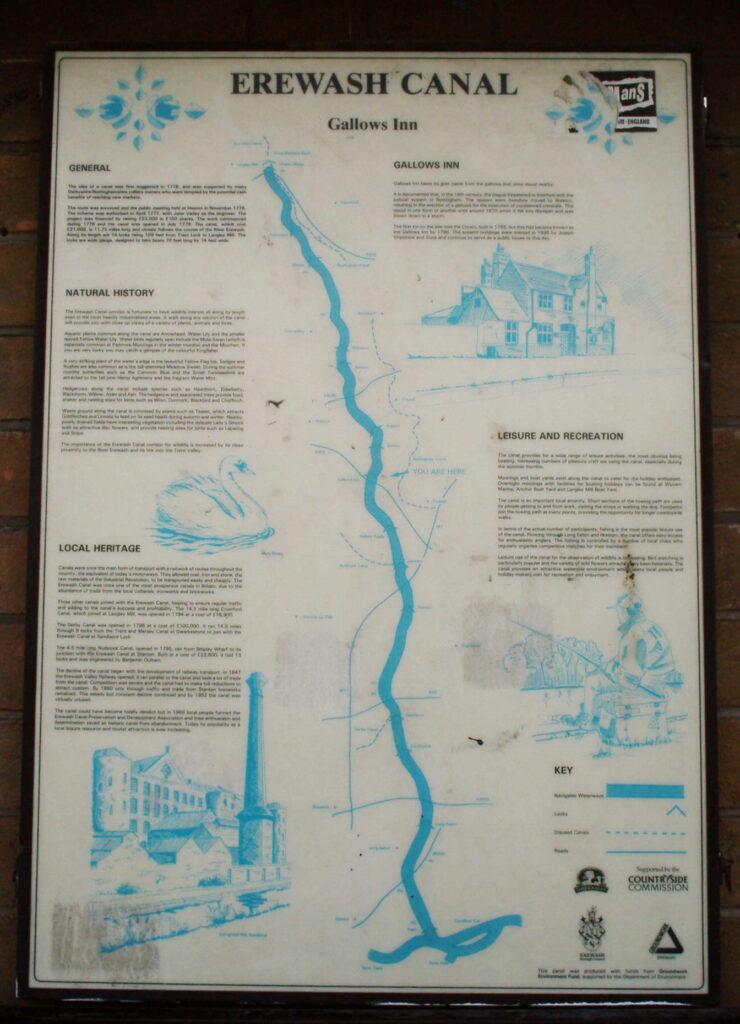
The Erewash Canal, now 240 years old, was enabled by an act passed in 1777 and opened in 1779. It was met with great anticipation for its potential to transport coal and other goods through the Erewash Valley.
Wildlife Along the Erewash Canal
Today, it serves as a scenic route for walkers and cyclists, offering a blend of historical and natural beauty in the Nottinghamshire countryside.
Home to various birds, swans, ducks, and other wildlife, it’s also a favored spot for both leisure and competitive fishing, hosting numerous tournaments.
Boaters navigate the canal to enjoy the tranquility away from bustling crowds, passing through quaint towns and villages on the outskirts of Nottingham.
Travelers along the canal encounter numerous historical sights, including old locks, bridges, buildings, and other remnants of its past as a commercial waterway.
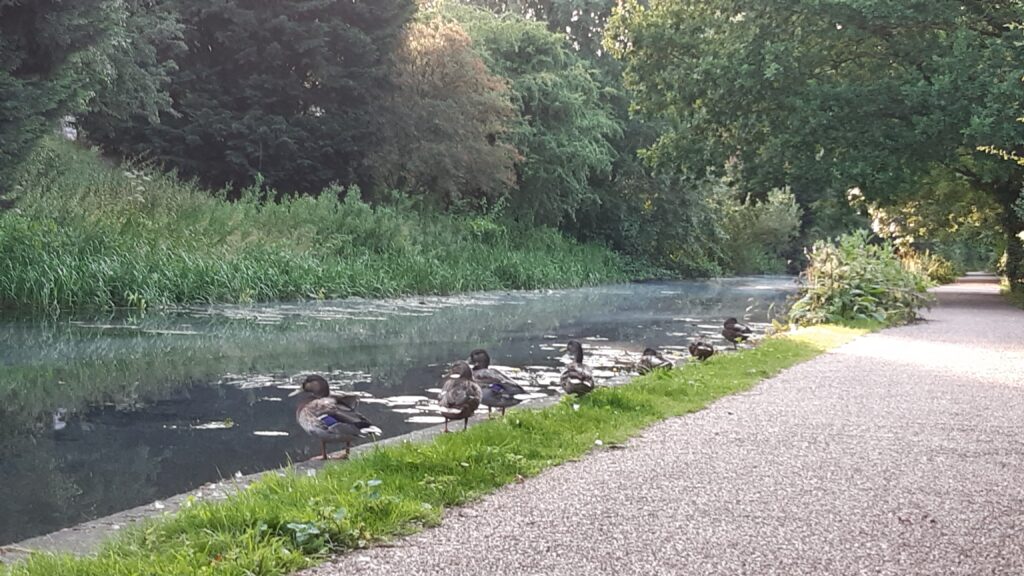
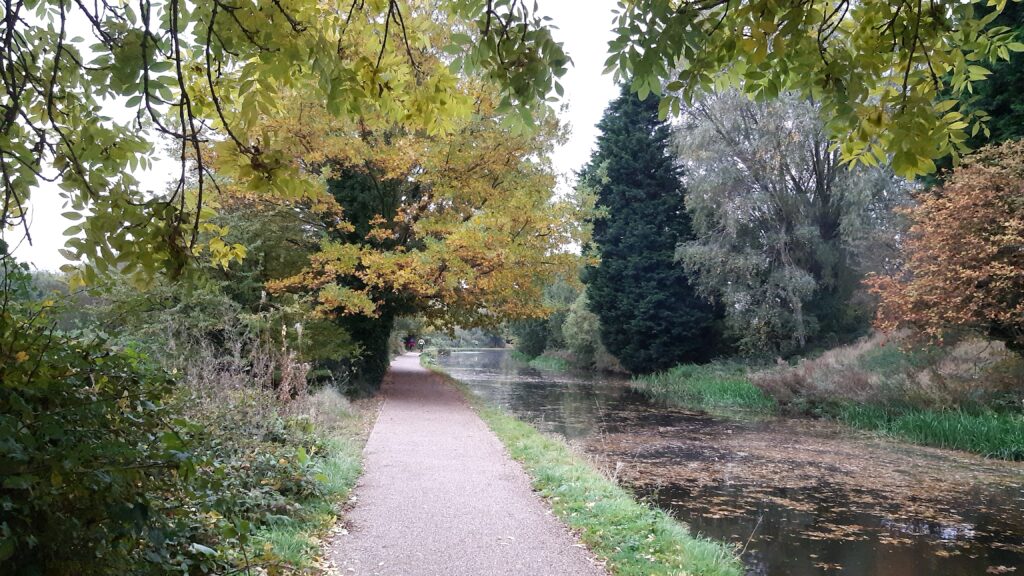
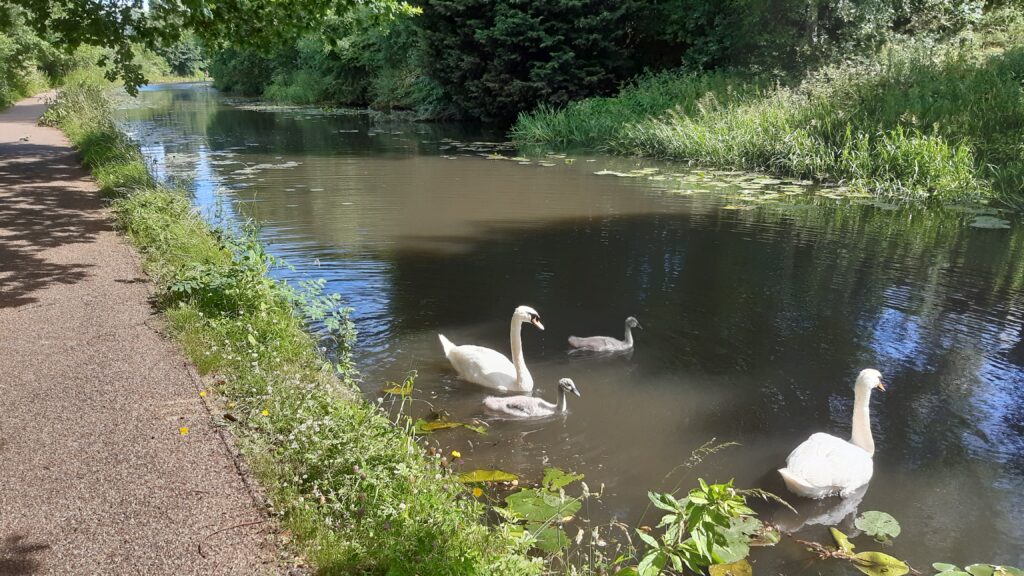

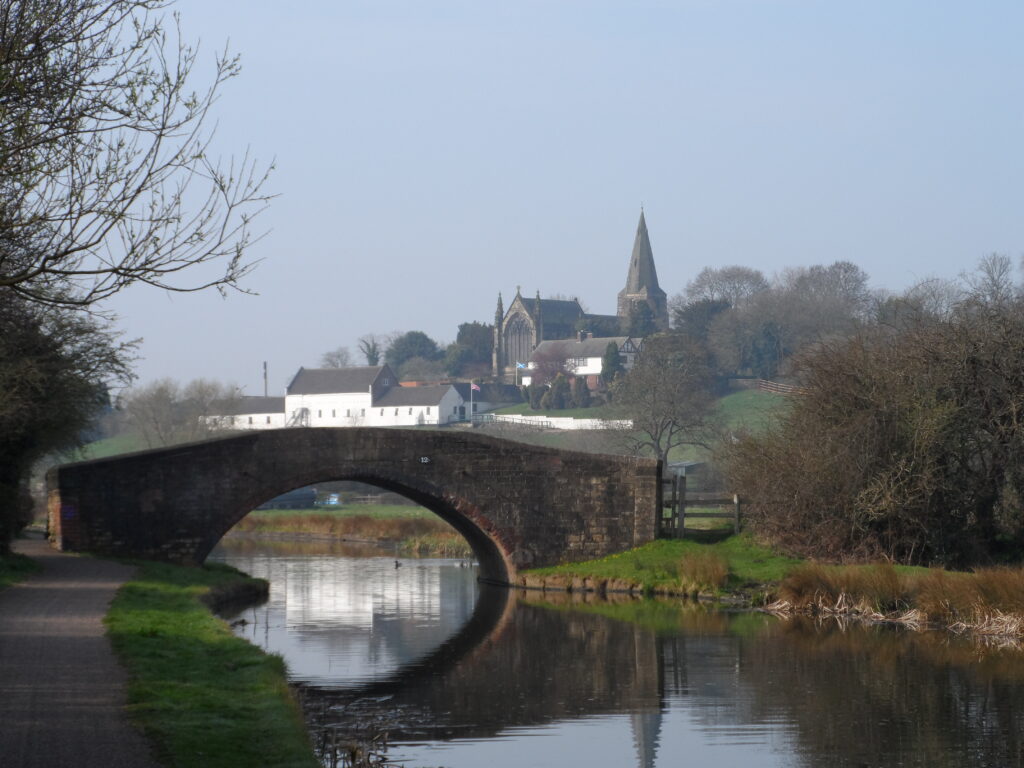
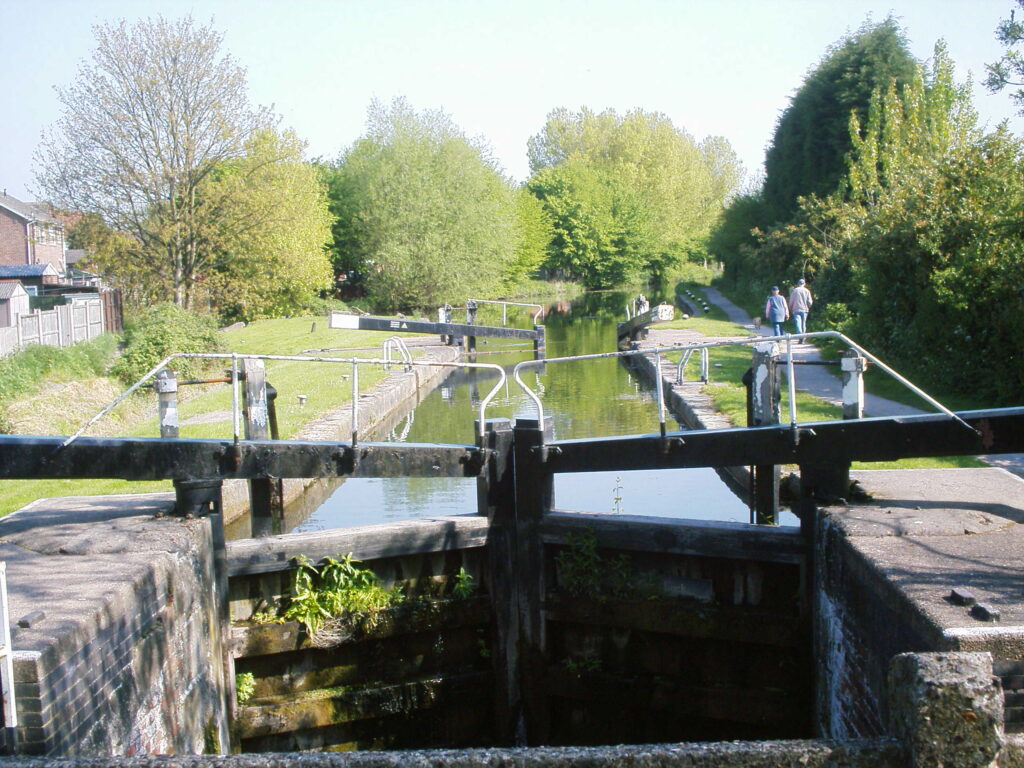
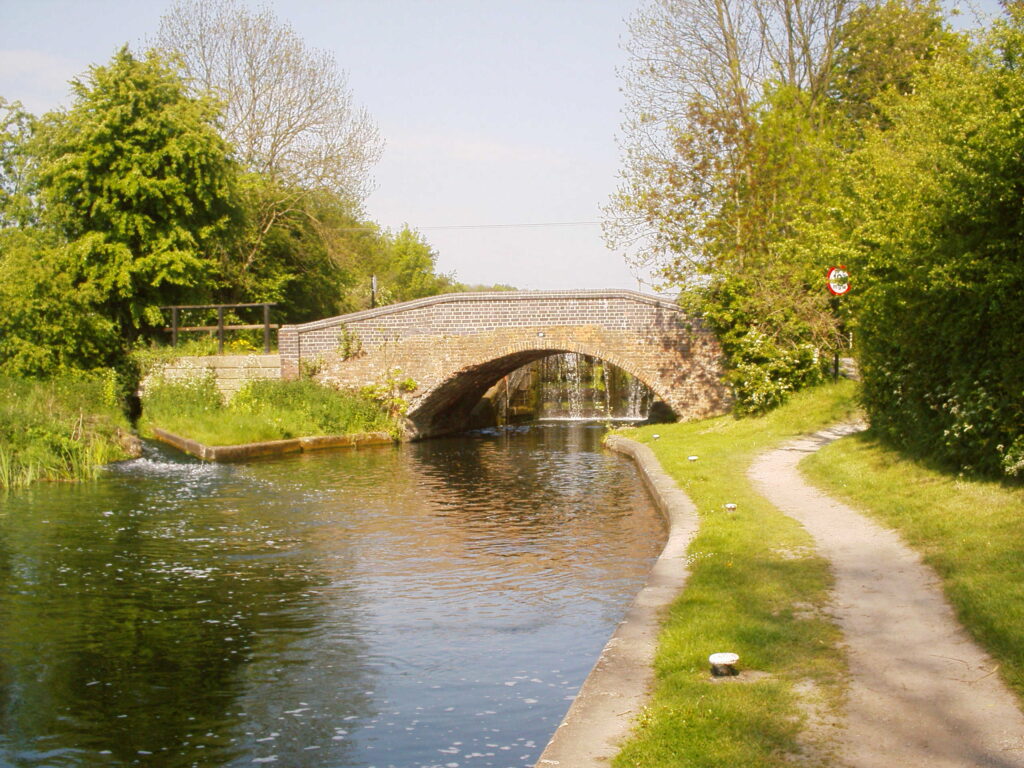
Historical Landmarks on the Erewash Canal Route
1. Sandiacre Lock Cottage
This historic cottage is one of the last remaining homes that once housed the families of Lock and Toll House Keepers. Built around 1779, it offers a fascinating glimpse into the lives of those who maintained the canal’s operations.
2. Hallam Fields Bridge
Located on the east side of the Erewash Canal at SK 484, this Grade II listed bridge was constructed in 1779 by John Varley, the canal’s engineer. The bridge features a combination of red brick, gritstone, and timber, with later repairs in concrete and iron.
3. Hallam Fields Lock
Constructed in 1779, the lock on the Erewash Canal features gritstone and red brick, with portions later reconstructed using engineering brick and concrete.
The gates consist of timber and iron, while the side walls are topped with coping. Iron steps with railings are present on both sides, and adjacent to each gate is a concrete semicircle with foot grips. The leat extends to the west of the lock.
4. Greens Lock, Green Lane
This lock chamber, also designed by John Varley, remains largely unchanged since its construction in 1779. With red brick and gritstone walls, timber and iron gates, and a unique rack and pinion paddle mechanism, Greens Lock is a testament to the canal’s enduring engineering excellence
5. Potters Lock Bridge, Heathfield Avenue
Another of Varley's creations, this bridge features a single segmental arch with gritstone and red brick construction. Though it has undergone various repairs, the bridge maintains its historical integrity and is listed for its group value.
6. Potters Lock
Constructed in 1779, the lock on the Erewash Canal features gritstone and red brick, with portions later reconstructed using engineering brick and concrete.
The gates consist of timber and iron, while the side walls are topped with coping and flanked by iron steps. Adjacent to each gate is a concrete semicircle with foot grips, and the leat extends southward from the lock.
Fact: The Canal and the Nottinghamshire countryside even inspired DH Lawrence.
Ilkeston Ponds, Lakes and Nature spots
Erewash Valley Trail

Nutbrook Trail and Erewash Valley Trail
The Nutbrook Trail features a 10-mile traffic-free path linking Long Eaton, Shipley Country Park, and Heanor, incorporating a segment of the Erewash Canal. Access is available at Stanton Bridge. The Nottingham Canal also serves as an excellent walking route, with multiple access points from the Erewash Canal.
